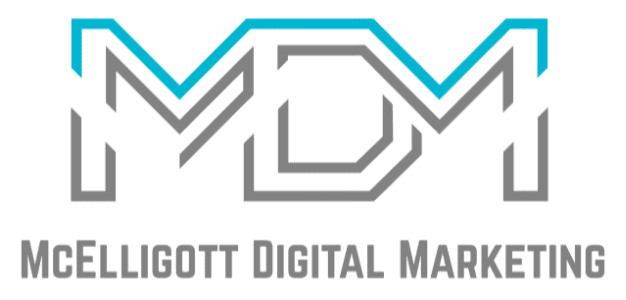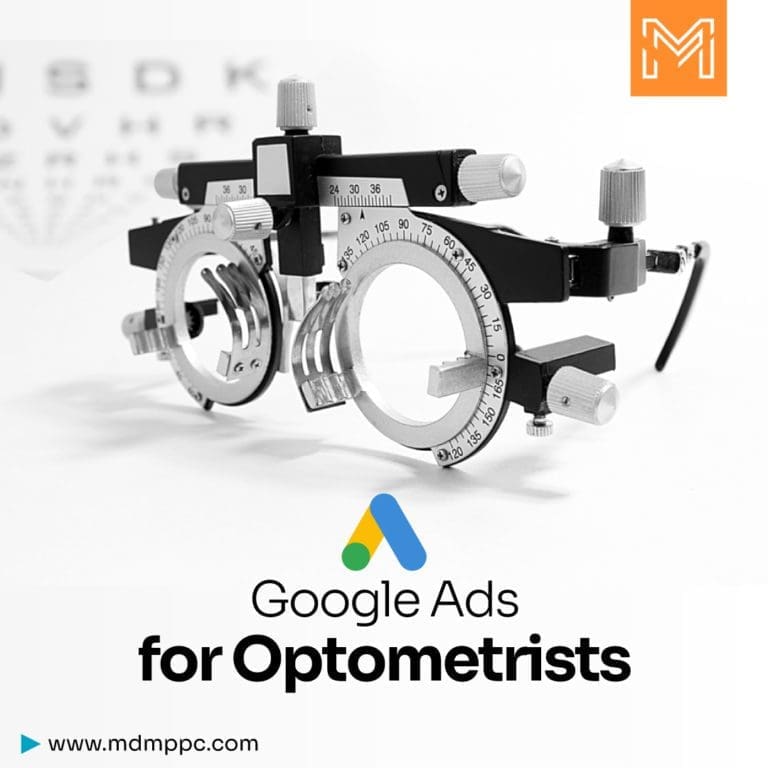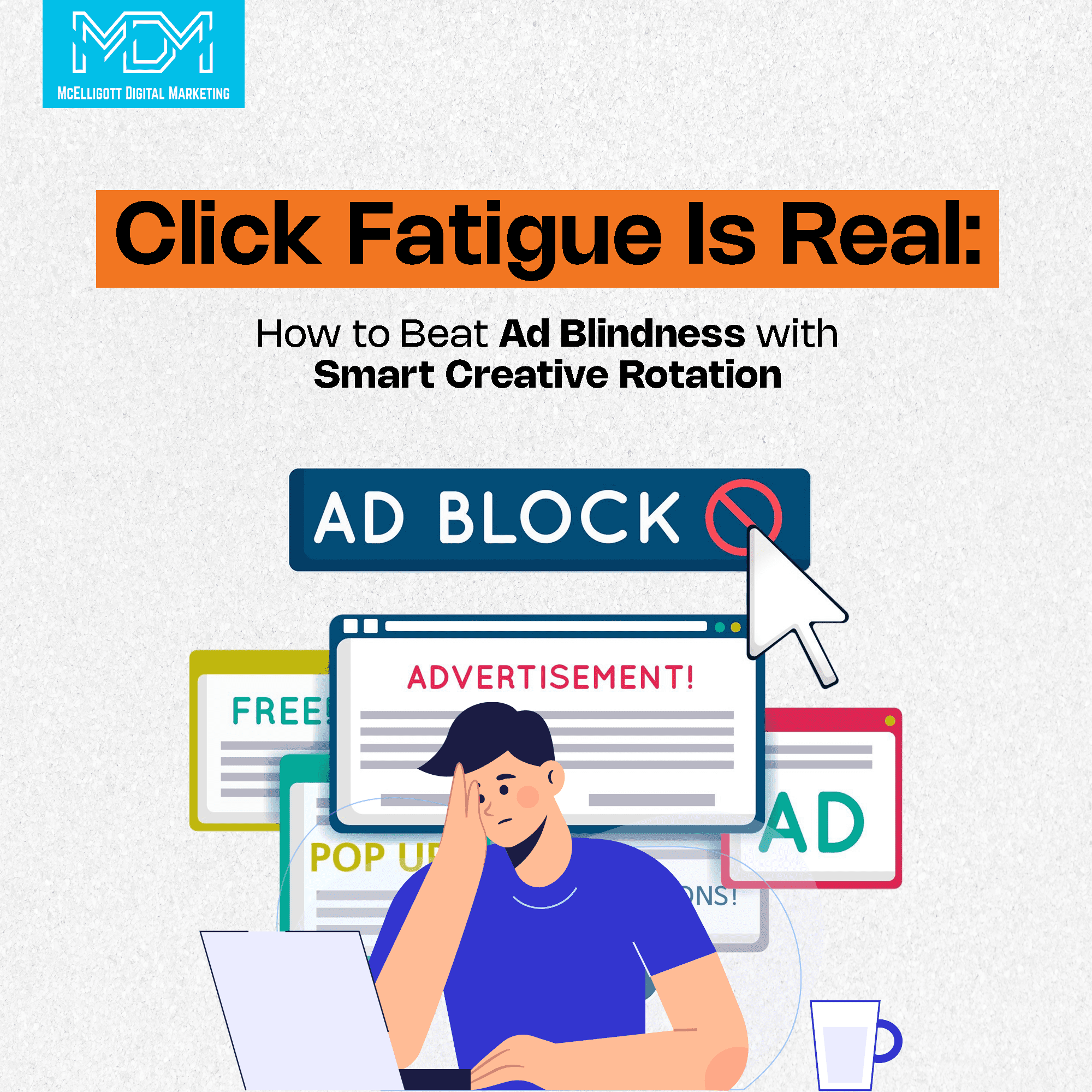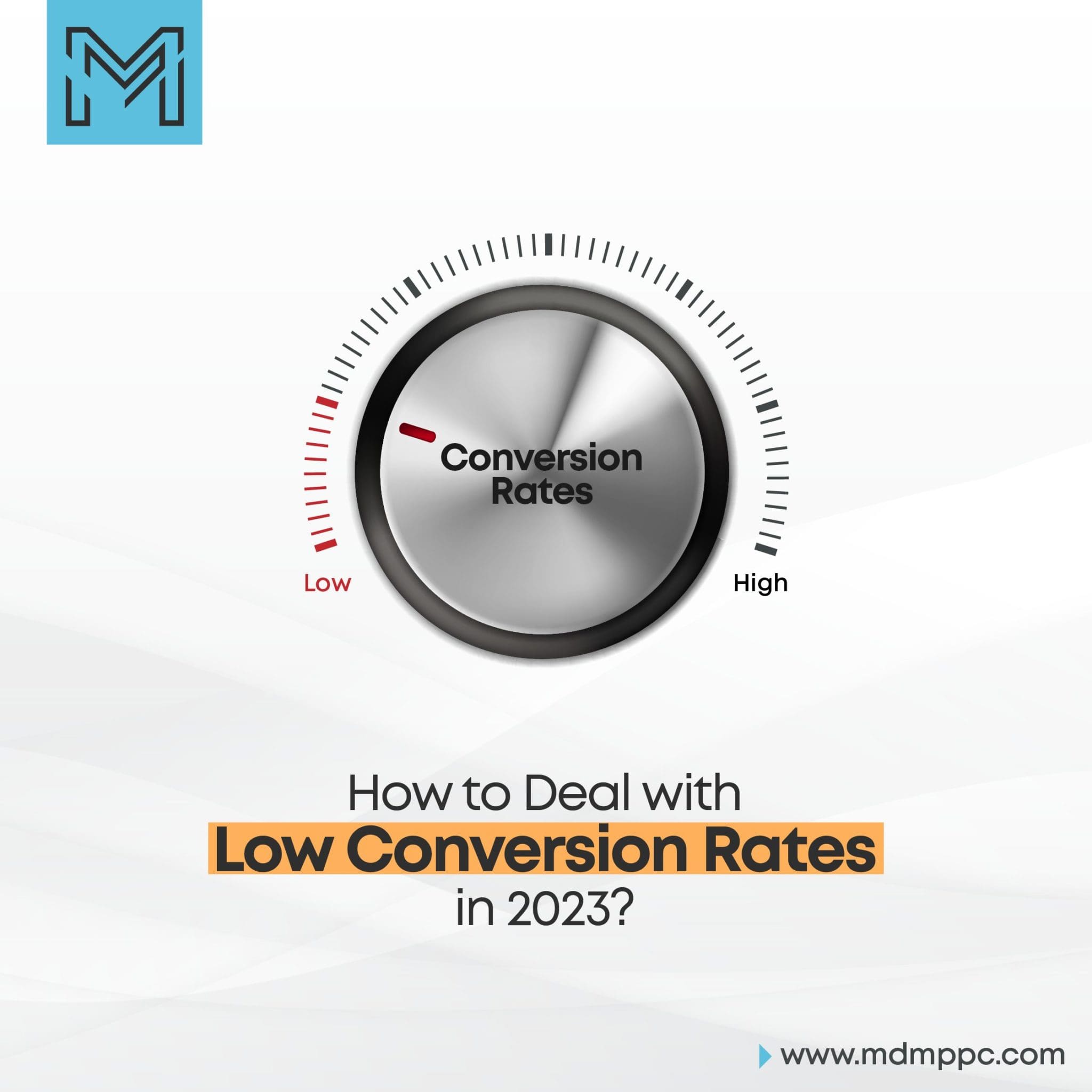Google Ads for optometrists is a powerful way to get more clients and grow your practice.
It brings more traffic to your website, and ultimately, brings patients to your clinic. You can also retarget patients that have once visited your clinic.
By enabling store visit conversion tracking, you can also know how many people visit your store after clicking on your ad.
That means, measuring the ROI with Google Ads is transparent and easy.
And most importantly, Google Ads is the quickest ROI marketing method for your optometry practice.
In this guide, you’ll learn why to use Google Ads for your optometry practice and the best practices to grow your eye care business.
What are Google Ads for optometrists and how does it work?
Google Ads is an effective online advertising tool that allows optometrists to promote their eye care business.
It enables you to connect with potential customers who have an interest in your eye care products, services, and content. The way Google Ads operates is through cost-per-click advertising, where advertisers pay for their ads to be displayed on various search results pages.
These sponsored results are positioned above the organic search results, enhancing visibility and attracting more clicks.
To make the most of Google Ads, it’s crucial to target relevant keywords that relate to the ad campaign. By doing so, the ads will be displayed to users actively searching for related products or services.
This strategic placement ensures that your optometrist’s campaign is seen by the right audience, leading to potential clicks and, eventually, acquiring new patients.
Here are a few keywords that you can use for optometrist’s digital marketing campaigns:
- Optometrists near me
- Eye clinic near me open now
- Best rated optometrist near me
- Best ophthalmologist near me
- Buy prescription eyeglasses
- Eye exam near me
For an effective optometry PPC campaign, it’s crucial to focus on optimization, relevance, and achieving measurable results.
The aim is to attract potential customers to your website and, ideally, encourage them to schedule an appointment or make a purchase. By ensuring that your campaign is well-optimized and targeted to the right audience, you can entice people to take action and engage with your eye care services or products.
The key lies in crafting compelling ad content that resonates with the audience, ultimately driving them to visit your website and convert into valuable customers.
How to set up Google Ads for optometrists?
Setting up Google Ads can seem a daunting task if you’re new to it. Following the steps below, you can easily set up your Google ads campaign for optometrists.
Step 1– If you don’t have a Google Ads account, create one first by going to Google Ads and signing up with your Google account.
Step 2- Set up your campaign
The campaign objectives encompass various targets such as generating sales, leads, increasing website traffic, promoting products and brand awareness, driving consideration for the brand, promoting apps, and encouraging local store visits.
However, we advise you to create a campaign without specific goal restrictions to maintain complete control over your campaign strategies.
Step-3: Choose the campaign type
Choose the campaign type based on your objectives.
For optometrist services, you might start with a “Search” campaign to target users actively searching for eye care-related services.
This type of campaign will allow you to show your ads when people search for keywords related to eye care or optometrists.
Step 4- Choose campaign results
The next stage involves choosing the desired outcome for this campaign. Since your optometry business’s website holds comprehensive information, the goal is to drive traffic to it.
To achieve this, select “website visits” and enter your website link in the designated field.
Step 5- Set up bidding
When it comes to the bidding process, you have the flexibility to select the desired outcome for your ad campaign. Among the available options like conversions, clicks, and impression shares, choose ‘clicks’ as the preferred result for this particular campaign.
The reason behind this choice is that more clicks translate to a higher conversion rate, with website visitors potentially becoming actual patients or customers.
To determine the position of your ad campaign on Google search results pages, it’s essential to set a maximum cost-per-click (CPC) bid limit. Your daily budget plays a key role in determining the value of each click.
For instance, if your daily budget is $50 and your CPC is $10, you can expect to receive 5 clicks per day. You also have the option to decrease the CPC to maximize the number of clicks throughout the day.
Securing a favorable ad spot is not solely based on bidding a higher CPC. It also depends on your ad campaign’s ‘Quality score.’
The Quality score is an assessment by Google that evaluates the performance of your ad campaign.
It takes into account factors such as the landing page experience on your website, the relevance of your ads, and the click-through rate. A higher Quality score leads to a lower cost per click for your ad campaign, resulting in better profitability.
Focus on maximizing your Quality score. To achieve this, create a well-designed landing page that caters to your target customers, enhance the relevance of your ads, and work towards increasing the click-through rate.
As your campaign progresses, you have the opportunity to adjust the CPC bid for each location, keyword, ad group, demographics, and other parameters, allowing you to optimize the performance of your ad campaign further.
Step 6- Choose campaign settings, locations, language, audience segments, and keywords
Click on “Display Network” to turn it off.
If you keep the Display Network on, it may cost you more money, so it’s better to keep it disabled when you start your Google Ads campaign.
You want to focus only on people who are looking for hiring your optometrist services through Google searches.
Choose the “Search” campaign type to target users actively searching for eye care services.
Select the locations where you want your ads to appear, and set the language for your target audience.
Define your audience segments based on demographics and interests, ensuring you focus on people in need of your services.
Research and choose relevant keywords that potential customers may use to find optometrists near your place.
For keyword research, you can use Google Keyword Planner and other free tools available online.
Step 7- Creating ad groups for the optometrist campaign
An Ad Group consists of one or more ads that focus on the same keywords. The difference is that at the ad level, you can change the ad’s text, image, or where it appears while still using the same keywords.
In this step, you’ll be creating your ads within the ad group for your optometrist campaign in Google Ads.
Crafting compelling and relevant ad copy is crucial to capture your audience’s attention and drive engagement.
You can write up to three headlines, with each limited to 30 characters, so make sure they effectively convey your key messages.
For example, you can use headlines like “Comprehensive Eye Exams,” “Expert Optometrists Near You,” and “Affordable Eyewear Collection.”
Next, utilize the two description lines, each with a character limit of 90, to provide more details about your optometry services or products. Here’s where you can highlight your unique selling points and the benefits of choosing your practice.
For instance, you can write, “Get thorough eye exams for all ages at our state-of-the-art clinic” and “Explore a wide range of stylish eyeglasses and contact lenses.”
While the display path is optional, it’s beneficial to create a custom path (up to 15 characters) that gives users an idea of where they’ll land after clicking on your ad.
Although it doesn’t need to match the actual URL path, ensure it is relevant to your landing page. For example, you could use “Optometrist-Clinic” as the display path, leading users to the Final URL: “www.exampleeyecare.com/eye-exams.”
Make sure the Final URL is the landing page where users will be directed after clicking on your ad. This page should be related to the ad content, providing a seamless user experience.
Choose relevant keywords related to your optometry services that users might search for.
These keywords will trigger your ads to appear when users type in those terms. For example, consider using keywords like “Eye exams near me,” “Optometrist services,” and “Designer eyeglasses.”
Finally, utilize ad extensions to enhance your ad’s visibility and provide additional information. Some relevant extensions for an optometrist campaign include Sitelink Extensions, Call Extensions, and Location Extensions.
For example, you can include Sitelink Extensions with links to “Book an Appointment” and “Our Services,” or add a Call Extension for users to “Call Now for Consultation.” If you have a physical clinic, consider using Location Extensions to display your address and attract local customers.
By putting all these elements together, you can create an effective ad that not only grabs attention but also drives potential patients to engage with your optometry services, resulting in a successful Google Ads campaign for your optometrist business.
Step 8- Add your daily budget and review ad group settings
Adding a daily budget means that Google will stop showing your ads once your budget is spent.
Review your ad group settings and ensure everything is accurate.
Once you’re satisfied with your ad group setup and ad content, click on the “Save” or “Save and Continue” button to create the ad group and launch your ads.
Cheers!
Your ads are up and running.
How to create an effective landing page for your eye care website?
A landing page is a standalone web page specifically designed to capture the attention of visitors and prompt them to take a specific action.
For an optometrist, that action could be booking an appointment, signing up for a newsletter, or learning more about your eye care services.
Unlike your main website’s homepage, a landing page focuses on a single objective, making it more effective at driving conversions.
Let’s explore how to create one that will convert visitors into loyal patients for your eye clinic.
1. Define your objective– Start by clarifying the primary goal of your landing page. Determine the action you want visitors to take, whether it’s scheduling an appointment, downloading an informative guide, or subscribing to your newsletter.
2. Keep it clean and simple- A cluttered landing page can confuse visitors and distract them from your main message. Keep the design clean, with a clear headline and a concise description of your eye care services. Use high-quality images to showcase your clinic and team.
3. Use compelling copy– Your copy should be persuasive and compelling, highlighting the benefits of choosing your eye clinic. Address the pain points of potential patients and offer solutions. Emphasize your expertise and the personalized care you provide.
4. Add testimonials– Positive reviews and testimonials from satisfied patients can build trust and credibility. Include a few testimonials on your landing page to showcase the positive experiences others have had at your clinic.
5. Call-to-Action (CTA)– Your CTA should be prominent, clear, and action-oriented. Use action words like “Book Now,” “Schedule an Appointment,” or “Get Started” to encourage visitors to take the desired action.
6. Mobile-friendly design– Ensure that your landing page is optimized for mobile devices. Many people search for healthcare services on their smartphones, so it’s crucial to provide a seamless experience across all devices.
7. Contact information– Display your contact information prominently on the landing page. Include your phone number and a contact form to make it easy for visitors to reach out to you.
8. Offer incentives– Consider offering a special promotion or discount to entice visitors to take action. It could be a free initial consultation or a discount on their first appointment.
9. A/B testing– Test different elements of your landing page, such as headlines, images, and CTA buttons, to see what resonates best with your audience. A/B testing allows you to optimize your page for maximum conversions.
10. Thank you page– After visitors complete the desired action, redirect them to a thank-you page. This is an opportunity to express gratitude, provide further information, and guide them to the next steps.
Get a Free Consultation Today
It takes your time and resources to learn all about Google Ads, how to create effective ad copies, landing pages, A/B testing, and optimizing regularly.
Rather, you can prefer an agency that already knows your industry, has a clear strategy, offers regular reports, and updates, and is proactive to deliver results.
At McElligott Digital Marketing, we’ve been working with optometrists for years to bring more patients and grow the eye care business.
We can do it for you too!





